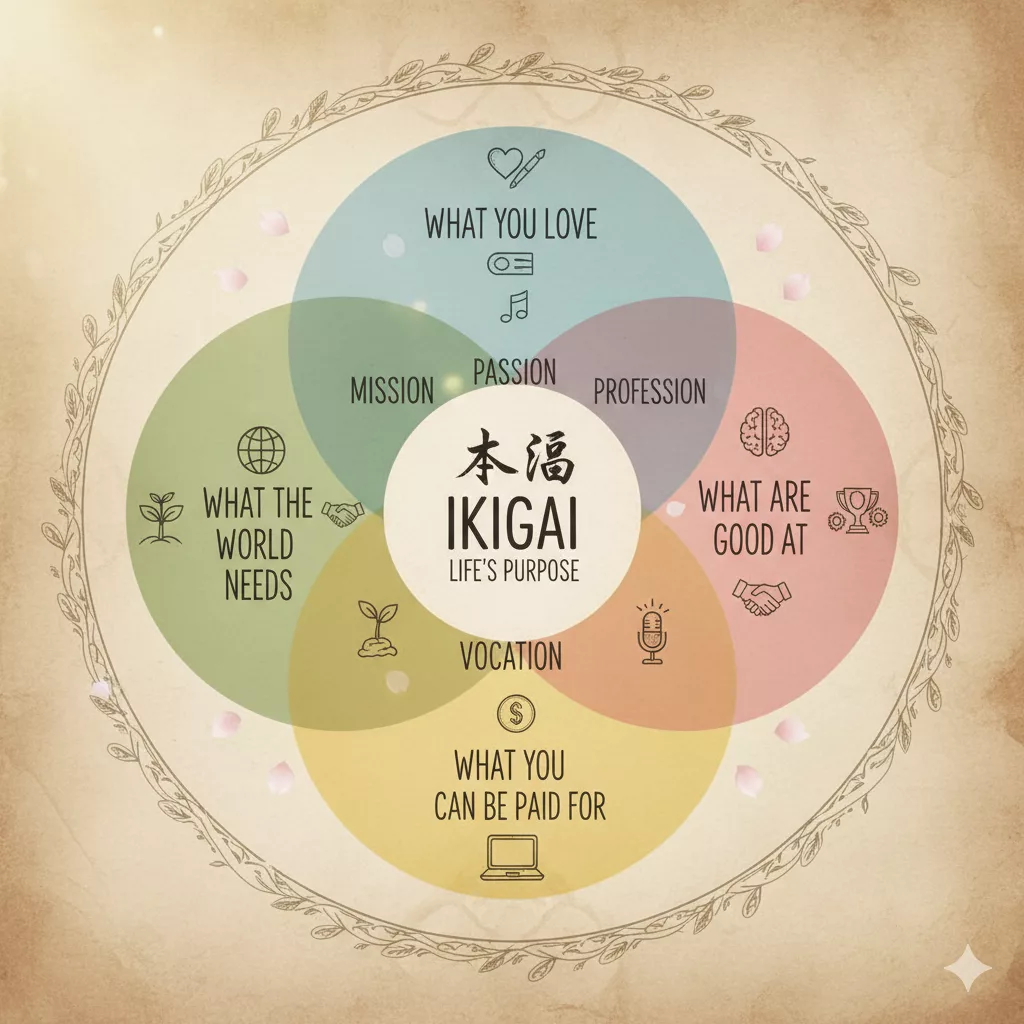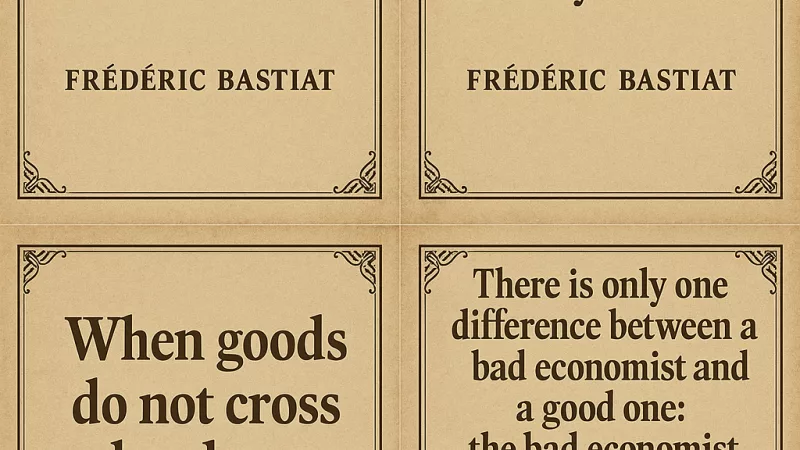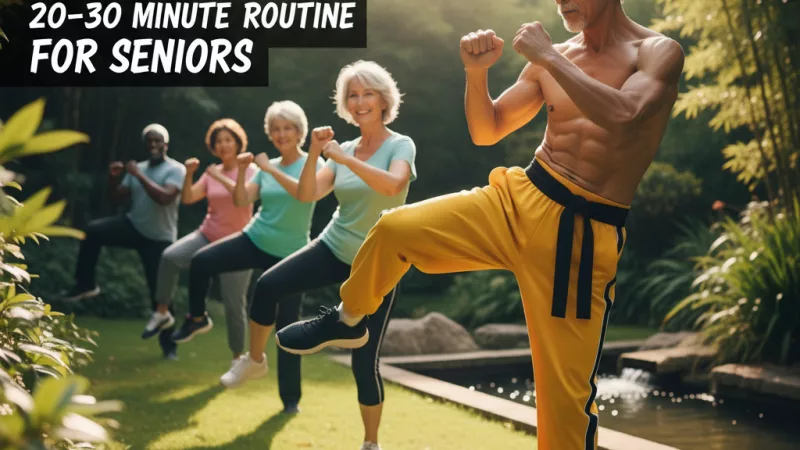Day 2/100 Ikigai

Ikigai
Stormin’
- https://www.youtube.com/watch?v=5mgvx957l3s
- Build a monster workout routine.
- Intervention diet until January.
- https://www.youtube.com/watch?v=CRf6D0J7hBI
=====
Ikigai & Kaizen — Market Snapshot
Title: Ikigai & Kaizen: The Japanese Strategy to Achieve Personal Happiness and Professional Success
Author: Anthony Raymond
Category: Entry-level self-help / productivity (ikigai, kaizen, hansei; habit-building and focus)
Positioning: A short, motivational primer that blends three popular Japanese concepts into a single, “get-moving-today” framework. Geared toward general readers—students, busy professionals, solopreneurs—seeking an accessible, non-academic jump-start rather than a deep cultural or scientific treatise.
Strengths (What sets it apart)
- Simple synthesis: Brings ikigai (purpose), hansei (reflection), and kaizen (incremental improvement) into one package; easy on-ramp for readers who don’t want to chase multiple books.
- Action-forward tone: Emphasis on small steps, daily focus, and momentum; chapters often read like brief pep talks with clear next moves.
- Low barrier to entry: Short length, plain language, digestible sections—works well for readers who struggle with motivation or attention.
- Broad applicability: Examples span health, study, career, and relationships, helping readers imagine immediate use cases.
- Motivational framing: Frequent reminders about “flow,” distraction control, and beating procrastination resonate with habit-change seekers.
Weaknesses (Where it could improve)
- Surface-level treatment: Concepts are introduced quickly; limited depth on the cultural roots and nuances of ikigai/kaizen/hansei.
- Light sourcing: Few citations or empirical anchors; neuroscience and productivity claims (e.g., “10× improvement”) feel overstated.
- Repetition & generalities: Advice sometimes loops (e.g., “start small,” “be consistent”) without new techniques or decision frameworks.
- Scarce case studies: Minimal real-world profiles or longitudinal narratives to demonstrate outcomes beyond hypotheticals.
- One-size-fits-all: Little guidance for readers with constraints (e.g., caregiving, chronic illness, attention disorders) or for complex, creative work.
- Tooling gap: Mentions habits and focus but lacks robust templates (e.g., weekly kaizen boards, reflection prompts, troubleshooting trees).
Why readers bought (What they liked)
- Clear, compact, encouraging: A fast read that lowers activation energy.
- Popular Japanese lenses: The trio of ikigai/kaizen/hansei feels fresh together, even if each is familiar alone.
- Actionable basics: Practical nudges—start tiny, measure daily, reflect weekly—give beginners traction.
- Versatile scope: Works as a reset after stalled goals (New Year’s resolutions, career pivots, wellness restarts).
- Good “first book” in category: Many use it as a primer before tackling denser titles.
Why some didn’t buy (or didn’t finish)
- Already read deeper comps: Fans of Atomic Habits, Deep Work, or Essentialism may find this too introductory.
- Skepticism about claims: “10× productivity” and “flow on demand” read as hype without rigorous backing.
- Cultural oversimplification: Packaging complex Japanese ideas as quick fixes can feel reductive to some readers.
- Lack of structure/tools: Readers wanting trackers, checklists, or progress dashboards may feel undersupported.
- Limited originality: The guidance can feel familiar; fewer distinctive frameworks or proprietary methods.
Audience & Sentiment Profile (pre-2021 patterns)
- Demographics: Broad—students to mid-career professionals; many time-starved or returning to self-help after a gap.
- Psychographics: Growth-minded, habit-curious, motivated by clean systems and “small-wins” progress; receptive to Japan-inspired philosophies but not seeking academic depth.
- Use moment: New semester, new job or side hustle, post-setback restarts; readers want confidence, structure, and quick wins.
- Sentiment split: Positives around clarity and momentum; critiques on depth, sourcing, and overpromising.
Comp Landscape (implied)
- Skill & Habit: Atomic Habits (Clear), Tiny Habits (Fogg).
- Focus & Work Quality: Deep Work (Newport), Essentialism (McKeown).
- Ikigai Wave: Ikigai (García & Miralles) popularized the term but is often seen as inspirational rather than operational.
- Lean/Kaizen: Business-oriented kaizen titles provide more rigor but less personal-life translation.
Takeaways for a Competing Self-Published Book
Goal: Out-deliver on credibility, depth, and tooling while keeping the on-ramp friendly.
7–10 critical elements to include (and mistakes to avoid)
- Cultural fidelity with lived voices
- Include brief interviews or sidebars with Japanese practitioners/scholars; clarify what ikigai/kaizen/hansei are and aren’t.
- Avoid flattening cultural concepts into generic “be happy/work harder” slogans.
- Evidence-anchored claims
- Tie habit, motivation, and focus advice to specific studies or practitioner data; use endnotes.
- Avoid multiplier promises (“10×”) unless you define metrics and show replicable cases.
- A proprietary framework
- Offer a named, visual model (e.g., an “IKH Loop”: Identify → Kaizen Step → Hansei Review) with decision checkpoints.
- Avoid generic lists—give readers a system they can remember and teach.
- Real case studies with constraints
- Profile 6–8 diverse readers (student, caregiver, ADHD, founder, retiree) over 4–8 weeks; include setbacks and adjustments.
- Avoid only “hero” stories; show troubleshooting.
- Tooling that drives behavior
- Printable & digital: weekly kaizen board, hansei reflection prompts, focus blocks menu, habit difficulty sliders, friction audits.
- Avoid telling readers to “track” without giving ready-to-use templates.
- Focus mechanics beyond platitudes
- Concrete protocols (e.g., 90/20 focus cycles, cue-intent scripts, context switch tax rules, distraction budget).
- Avoid vague “stay present” advice.
- Measurement & feedback loops
- Define input/output metrics, mini-milestones, and a 28-day scorecard; teach readers how to pick leading indicators.
- Avoid progress that can’t be seen week-to-week.
- Ethics, scope, and limits
- Discuss when relentless improvement harms rest or relationships; include “when to stop” and “how to say no.”
- Avoid hustle-only messaging; balance with recovery and meaning.
- Modular paths
- Quick-start (90 minutes), 7-day reset, 28-day deep dive; each with a clear outcome and checklist.
- Avoid a one-pace program that loses beginners or bores experienced readers.
- Conversion-ready packaging
- SEO-savvy subtitle, a crisp promise + proof in the intro, figures/diagrams in every chapter, bonus toolkit (Notion/GSheets), and an email mini-course.
- Avoid wall-of-text chapters with no visual anchors.
Bottom Line
Ikigai & Kaizen succeeds as an approachable kick-off. A challenger can win attention and sales by pairing that same accessibility with cultural depth, measurable rigor, distinctive frameworks, and ready-to-use tools—delivering not just inspiration, but transformation readers can verify.
My notes:
- You must set and accomplish goals each day until the day you die.
- Every moment of your life is either a test or a celebration
- We lack the willpower to see a long-term goal through to its completion
- As humans, we see comfort and inactivity over pursuing long-term goals.
- Your brain exists to help you survive, not thrive.
- 4 Concepts
- Ikigai
- Ikigai is your reason for living.
- Lingchi
- Death By A Thousand Cuts.
- Hansei
- Honest self-reflection.
- Kaizen
- Continuous Improvement.
- Ikigai
- You need to know why you wake up in the morning.
- 4 Parts:
- passion
- vocation
- mission
- profession
=====
The 3 aims of this regime are to LOWER INFLAMMATION, LOSE WEIGHT, and BUILD NEW COLLAGEN inside the joint. Eating according to the guidelines below will adress those three aims:
Avoid sugars/carbohydrates – no bread, pasta, cereals, candies, potatoes, rice, corn, oats or wheat products, and obviously no sugary desserts, cakes, cookies, candies, soft drinks, ice-cream or other sweetened dairy.
*Eat red meat*, chicken, and turkey, but avoid the highly processed products. *Eat fish and eggs*. These are the best “protein foods” from which you will get the amino acids needed to build new collagen in your cartilage.
Eat cheese, cream, butter & raw yoghurt for the fats, but avoid milk due to the sugar content.
Eat some vegetables – more leafy greens (high vitamins and minerals) than underground veggies (like carrots) or “fruit” vegetables (like pumpkin) as they are higher in sugars. Avoid legumes (beans, lentils, peas) and the “nightshade” family (peppers, tomatoes, eggplant or brinjal). *Eat green salads*, including cucumber (mostly water with low sugar).
Avoid fruit (high sugar) but eat berries (low sugar, high antioxidants) and avocado.
*Eat pumpkin seeds*, chia and flax seeds. Eat nuts but not peanuts. *Use turmeric (curcumin)*, ginger and garlic in cooking.
Cook with butter or lard. Add olive oil to all meals before eating.
*Supplement with Collagen*, Glucosamine and Chondroitin. Take additional Vitamin C, Magnesium *, and Omega-3 Oil*.
======





